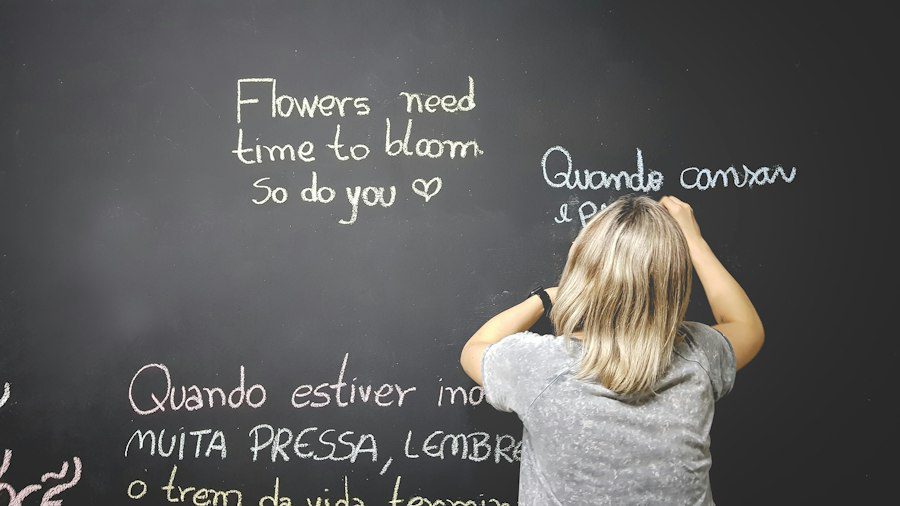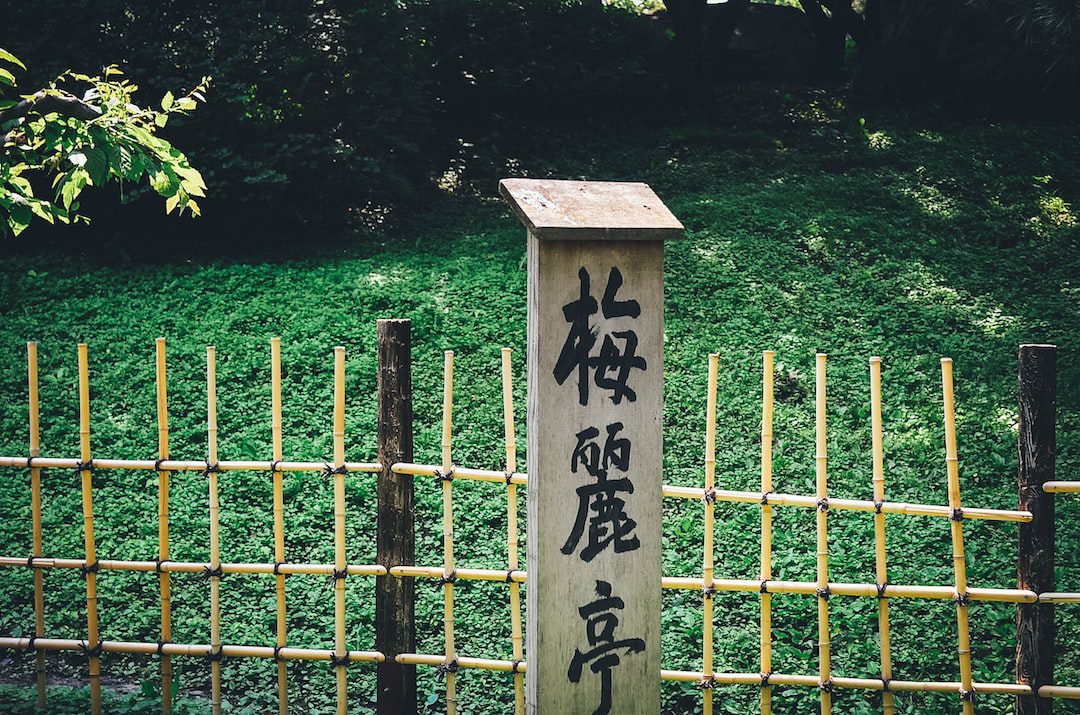Learning Spanish – Part 9 – Learning Spanish Through Cultural Immersion
Learning Spanish
Learning Spanish. This article explains some of the benefits of learning Spanish through cultural immersion. I talk about some of my early attempts at communicating with native Spanish speaking people in Mexico. I explain the types of conversations that I used to have and how they helped me in my quest to learn Spanish and my desire to improve and better myself.
In my last article I talked a little bit about the benefits of learning about Spanish / Latin American culture and how it can help you with your Spanish language studies. I then went on to talk about my early experiences of trying to communicate in Spanish to the locals of Tijuana in Mexico. It was at this point that I realised that learning Spanish was probably going to take a lot longer and require more effort than I had previously anticipated!
In this article I want to talk about the benefits of learning Spanish through direct exposure with native Spanish speaking people. If you had to, you could probably learn the Spanish language without ever picking up a Spanish textbook! It might take a very very long time but eventually through direct contact and social interaction with other people who already speak the language it could be done. The basic human desire to communicate would prevail.
Learning Spanish through mimicking how someone else speaks the language will mean that you end up speaking Spanish in exactly the same way as they do! On the whole this might not be a bad thing but you don’t want to pick up any bad language habits or speak in an incomprehensible accent. On the other hand you do want, to be able to understand what native Spanish speaking people are saying and you also want them, to be able to understand what you are saying! In this sense a little bit of mimicking is probably a good thing.
Not being understood is a common frustration that many students suffer when trying to communicate with native speakers of Spanish. A lot of the time the Spanish spoken may be 100% grammatically correct and yet people still do not seem to understand it. This may be because the Spanish is spoken in an accent that is completely foreign!
Trying to communicate to a native speaker of Spanish, wherever it might be in the world makes you realise just how important pronunciation is! Not only do you need to know new Spanish words, you must also make sure that you know how to pronounce them correctly. I mentioned in one of my early articles how important it is to routinely do this early on in your studies. Of course if you are in another country and people don’t understand you, this will force you, and therefore train you, to speak clearly and correctly right from the start!
As I travelled through Mexico I really tried to speak to as many locals as I possibly could. Don’t shy away from communication in Spanish just because you know it is going to be a struggle. The more practical experience you can gain from both speaking and listening the better.
My early conversations with people were only very basic ones. Mainly because if I attempted to show someone that my level of Spanish was better then it really was then I knew I would be shooting myself in the foot. If people think you can communicate well, then they are far less likely to make an effort to speak slowly and clearly. In the beginning this is exactly what you need people to do!
Typical conversations that I would have with people were mostly about asking for things in a shop or restaurant, asking for directions to a place I wanted to visit or talking about journeys. Immersing myself in the country I was in meant I had to talk about these things just to survive. They were also the types of conversations that were short and not very complicated! I would prepare myself for the entire experience before hand. I knew exactly what I was going to say before saying it and I knew what types of answers I was likely to get from people.
A lot of the time I would deliberately ask people questions that I already knew the answers to, just to see if they would understand what I was saying and whether or not they would give me the answer that I was expecting. I would also ask the same question to lots of different people to see if they would reply in the same way. Then I would try and get the same information out of other people but I asking the same question in a slightly different way. The great thing about asking different types of questions is that you only have to alter them slightly to be able to adapt them to another completely different type of situation.
A lot of the time I didn’t understand the answers to many of my questions but at least this gave me the opportunity to ask the person I was speaking to, to repeat what they had said. Even if I had understood what someone had said I would sometimes deliberately ask him or her to repeat it just for practice!
This type of practical exposure is a great way of getting yourself started. It not only gives you first hand practical speaking and listening experience but it also builds your confidence in preparation for more complicated conversations that you will have as time progresses. Exposing yourself to native Spanish speakers is also great because it shows you that the Spanish you are learning actually works. You can use it and people understand it. This acts as a great confidence booster and gives you added incentive to improve and better yourself.
In total I spent about a month in Mexico and after a while I was able to have very basic conversations with people. A lot of what I said to people was in broken Spanish however. At this point I wasn’t really able to structure my sentences properly and I knew that I was saying things that were grammatically incorrect. One of my biggest problems was that I was trying to structure sentences in the same way that I would have structured them in English and a lot of the time it simply didn’t work!
It was at this point that I decided it was time to get back to some serious studying. I needed to learn more about Spanish grammar. Being able to communicate in broken Spanish was a good start but I wanted to do much better! In my next article I want to talk about some of my experiences at a Spanish language school I went to in Antigua, Guatemala.



